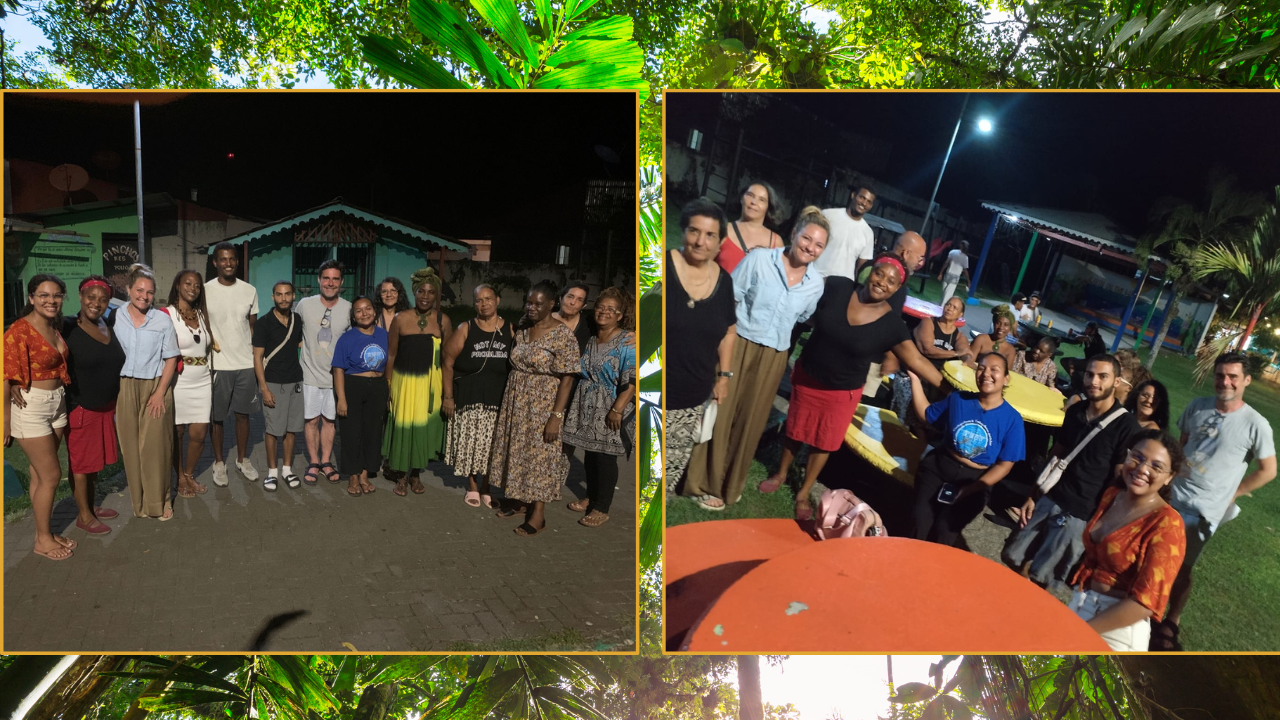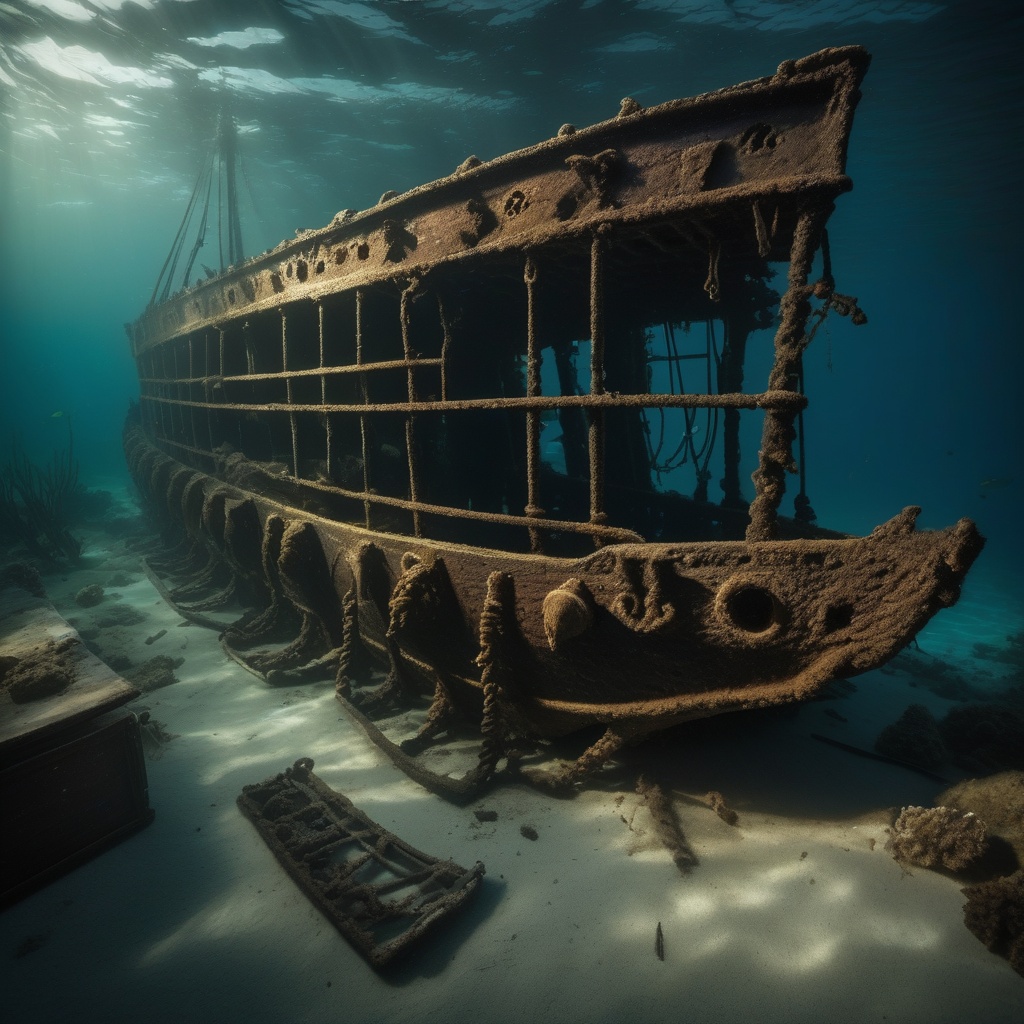Slave Ship Remains Found in Cahuita, Costa Rica
Velvet Waite I May 27, 2024

Recent Discoveries

Recent archaeological studies analyzing wood, bricks, and pipes recovered from shipwrecks in the waters of Cahuita National Park have confirmed that the materials originated from the Netherlands. This crucial evidence strongly indicates that the sunken ships are likely the remains of a slave ship associated with Frederick Quartus. Identifying the Dutch origin of the materials provides significant insight into the ship’s provenance and historical context, offering a clearer understanding of its role and importance in maritime history.
The Expedition
“Guananoticias reported that “On September 13, the Community Diving Center Ambassadors of the Sea (CCBEM) carried out its fifth expedition of galleons and other vessels in Cahuita. Subsequently, a conference was organized to present the results and collaborative work of the expedition.
“Crucial evidence, such as wood, clay, and bricks from one of the sunken ships, was found to scientifically confirm or refute the hypothesis that the two shipwrecks in Cahuita National Park are Danish slave ships that arrived accidentally on our Caribbean shores in 1710, transporting more than 600 Africans.”
Historical Significance
The discovery and study of sunken ships off the coast of Cahuita National Park in Costa Rica have shed new light on the nation’s history, particularly highlighting the underrepresented contributions of the Afro-Costa Rican community and the tribal community in general. These archaeological findings underscore the need for a comprehensive reevaluation of how Costa Rican history is taught. The artifacts and evidence recovered from these shipwrecks reveal a complex narrative involving the transatlantic slave trade, the resilience of enslaved Africans, and their indispensable contributions to Costa Rican society.
The Costa Rican government, along with historians, educators, and activists, must integrate this newly uncovered history into school curricula, history books, and other educational resources. This integration is essential for providing an accurate account of the past and fostering a more inclusive national identity.
Educational Reform
Government and Community Initiatives
Currently, Costa Rican educational materials often overlook the significant role that Afro-Costa Ricans and other marginalized communities have played in the development of the nation. By incorporating the true history revealed through these studies, students can gain a deeper understanding of their country’s diverse heritage. This effort requires a concerted effort to revise educational content and promote awareness of the fundamental role these communities have played.
Beyond education, there is an urgent need for the governments of Costa Rica and the Netherlands to engage in meaningful conversations and take concrete actions regarding restitution to the Afro-Costa Rican community. This includes acknowledging the historical injustices inflicted upon them, particularly those related to the transatlantic slave trade and colonial exploitation. Restitution efforts could encompass financial compensation, community development initiatives, and formal apologies, among other measures.
The findings of the sunken ships are not just about revising historical narratives; they are a call to action for justice and recognition. The Costa Rican government and society as a whole must seize this opportunity to correct historical omissions, celebrate the diverse contributions to the nation’s heritage, and address the longstanding grievances of the Afro-Costa Rican community through dialogue and restitution. Only then can Costa Rica truly honor its rich and multifaceted history.
